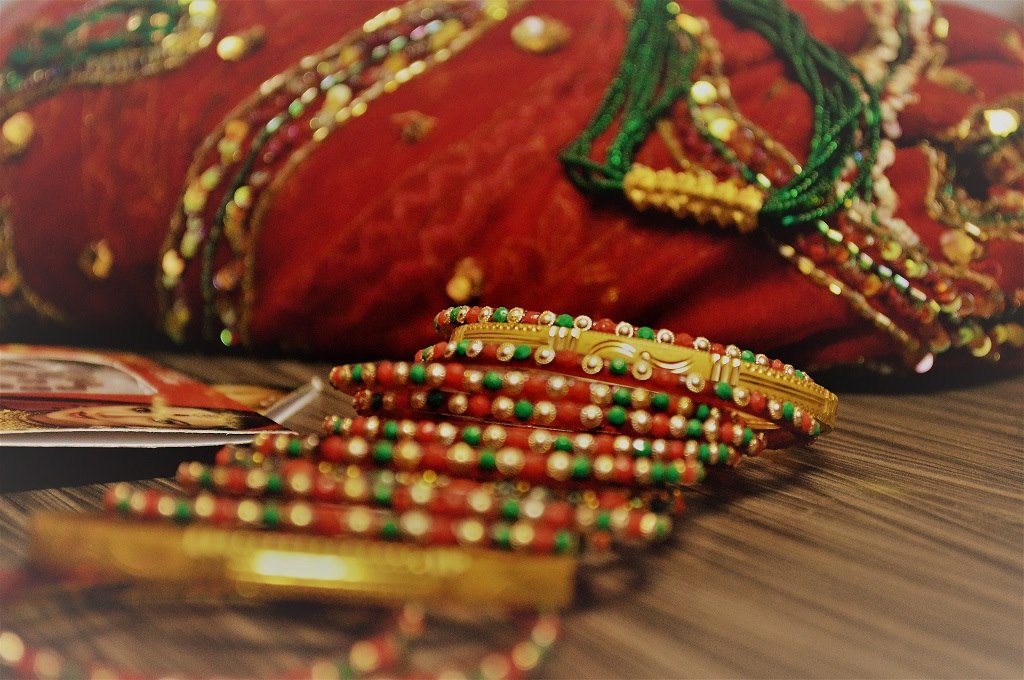Being a Hindu, I’ve been part of Teej celebrations for as long as I can remember. Many times, I’ve accompanied my mom to Pashupatinath after midnight because she feels dizzy during daylight and the fasting lowers her blood pressure.
Fasting is okay – in fact, it is often recommended by health experts. But in modern Teej, fasting has nothing to do with good health and everything to do with trying to increase the lifespan of another person. During Teej, women often go beyond their body’s capacity to please the Lord. Several women faint every year while waiting in Temple’s queue. This idea of fasting for the longevity of another person while keeping your health at risk sounds pointless to me. I really think it is impossible to wash away our sins because firstly MENSTRUATION is not a sin. A menstruating girl indirectly touching kitchen or other men is not a sin, it is a baseless ritual that society has held on for too long. If fasting during Teej can wash away anything, it should be these polluted thoughts from people’s minds.
Teej is a festival filled with rituals for married and unmarried women. The first day of the three-day festival is Dar khane din, a day of the feast, right before women go on fast. A day that prepares women for their upcoming fast. Day 2 is the day of fasting. Women clad in red sarees, henna painted hands and feet, green and red bangles, potey, sindoor (Sorha Shringar) worship Lord Shiva on this day. They pray for the long life of their husbands and a prosperous happy married life. The fast can be of different kinds. Nirjal brata is a fast in which people do not even drink water while Nirahar brata is a fast in which people do not eat any form of a crop but can drink liquids and eat fruits. Day 3 is Rishi Panchami on which women and girls who have reached puberty visit Rishi Temples to pay homage to seven saints, bathe with mud, brush with datiwan (365 times!!) to wash away their sins. Teej is also famous for the songs about praising of Lord Shiva, hardships of married life etc and is accompanied by dancing.
But the original rituals and festivities are no longer what they used to be. Modern Teej-Dar khane din is now celebrated beginning one to two months before the main festival. It has now become a trend to organize dar festivals in fancy restaurants and banquets spending a humongous sum of money. Dar now includes alcoholic beverages and non-vegetarian delicacies, very different from what it used to be. A simple feast to fill up a woman so she can comfortably go on fast has become a competition about who can spend the most money; wear the fanciest sarees and expensive jewelry. Modern Teej songs now incorporate fancy English raps and lyrics that have nothing to do with tradition or festivities.
The celebration of modern Teej has gradually strayed far beyond what religion wanted it to be. The rituals and rules that were imposed on women were unnecessary, to begin with, but for anyone who believed, Teej symbolized the triumph of a women’s will to change her husband’s life and fortune.
The symbolism somehow seems to be lost in the name of modernization. The religion imposed rituals have been replaced by societal pressure to have the biggest, loudest party a woman could throw.
If I was not for the Teej celebrated in the yesteryears, I am certainly not for the useless, expensive Teej fiestas that happen today. I would rather celebrate my well-being and if I have to fast, I’d fast for myself.


Leave a Reply
You must be logged in to post a comment.